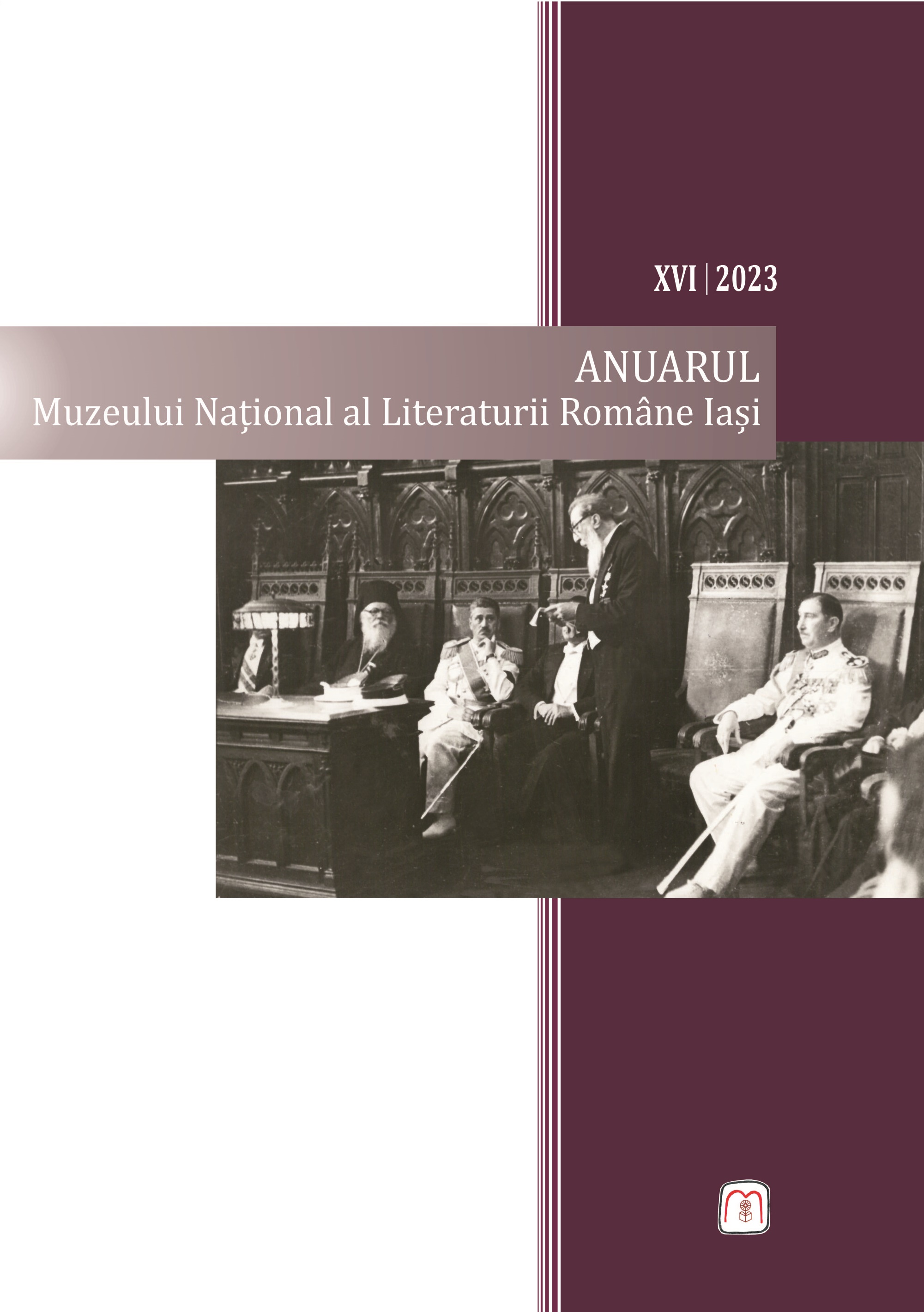Ortologie și ortogeneză la Camil Petrescu – sensuri europene
Orthology and Orthogenesis in Camil Petrescuʼs Works –European Meanings
Author(s): Anton AdămuțSubject(s): Philosophy, Literary Texts, History of Philosophy, Philosophical Traditions, Metaphysics
Published by: Editura Muzeelor Literare
Keywords: Orthology; orthogenesis; dialectics; axiality; substance;
Summary/Abstract: Fully engulfed by the demon of the new, Camil Petrescu shades his text with specific terms, borrowed as neologisms or created by the philosopher himself. Among them, the following can be mentioned as being significant for substantialism: “omnivalence of the concrete”, “zone of indeterminacy”, “apogetic”, “perigetic”, “devolution”, “evolution”, “orthology”, “orthogenesis”, “noocracy”. Borrowing a term coined by Wilhelm Haacke in 1893, Theodor Eimer, the first to define it, referred in late-life to evolution as “orthogenesis” or straight-line evolution (an evolutionary series changes in a single, non-deviant direction). Opponent of Darwinism, Eimer opposes to natural selection the orthogenetic evolutionary theory by which he under-stands the tendency of some species to maintain the same direction of development for a longer period of time, even if the direction followed risks leading to the extinction of the species. In the case of man, orthogenesis refers to the continuous development of the brain and skull. From Eimer the term is taken over by Bergson, and from him Camil Petrescu will take over, along with the “zone of indeterminacy” as a notion, also that of “orthology”. Bergson uses it in Creative Evolution when he talks about the orthogenetic constitution of the eye. Compared to the orthogenetic constitution in which only physical-chemical causes are involved (Eimer), Bergson also includes the psychic dimension. For Camil Petrescu, orthogenesis encompasses and unfolds the polarized structure of history in a substantially accentuated way. The meaning of orthogenesis in Camil Petrescuʼs works is close to the Bergsonian meaning (the continuous increase in the complexity of life), and to the meaning that Th. de Chardin gives (increasing the complexity of life and its degree of spiritualization). It is also used by Emil Cioran, when he talks about the tragedy of small cultures. It can be seen that the neocratic author was aware of what was happening in Europe.
Journal: Anuarul Muzeului Naţional al Literaturii Române laşi
- Issue Year: XVI/2023
- Issue No: XVI
- Page Range: 47-62
- Page Count: 16
- Language: Romanian

